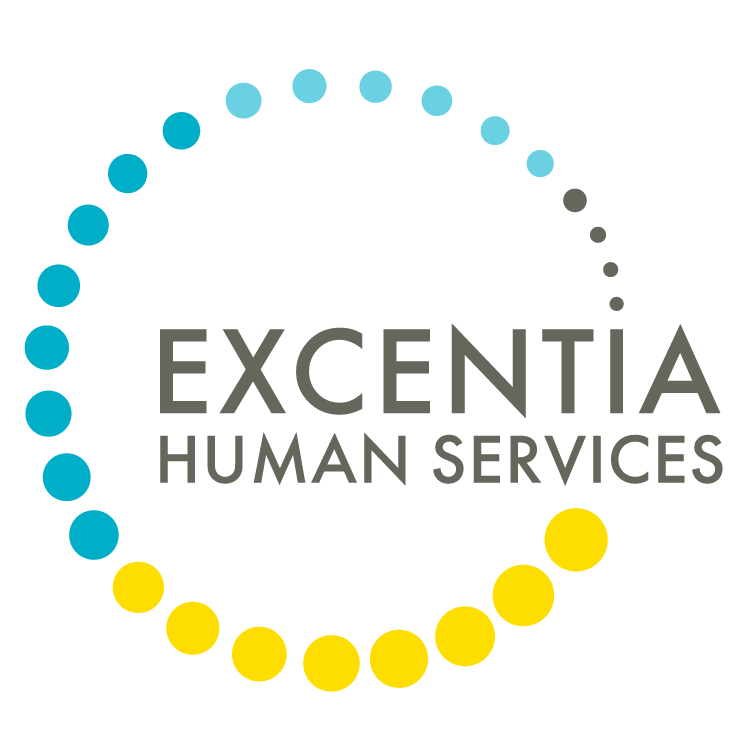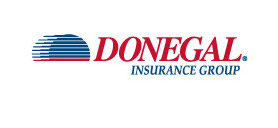City Council passed Lancaster’s 2025 budget legislation on Tuesday night, enacting the first spending plan under the home rule charter that takes effect Jan. 1.
Under home rule, City Council can raise the earned income tax, or EIT, above the previously mandated cap of 0.6%. For 2025, it is being increased by half a percentage point, to 1.1%. (The School District of Lancaster collects another 0.5%, for a total net rate of 1.6%.)
- Previous coverage:
The property tax rate will remain unchanged at 12.64 mills. One mill equals $1 per $1,000 of assessed property value.
City officials say an EIT of 1.1% should put Lancaster in position to avoid any further tax hikes for a decade or more, thanks to natural year-over-year growth in the EIT base — that is, in the incomes earned by city residents. (Unearned forms of income are exempt.)
A smaller increase of 0.3 point, to 0.9%, would not be sufficient, budget services Director Tina Campbell told City Council last month: In just a couple of years, the city would once again be facing dwindling reserves and the need for a tax increase.
The 0.5-point increase works out to 83%. A household earning roughly the city’s median income, $60,000, will pay an additional $300.

Exemption deferred
As currently structured, the EIT applies to every dollar of earned income. Tony Dastra, a member of the commission that drafted the home rule charter, has pushed for the EIT to apply only above a certain level, giving all earners a break and exempting lower-income earners entirely.
On Tuesday, he proposed amendments to two components of budget legislation that together would implement that concept. One would exempt residents making less than 50% of city median income (that is, about $30,000 a year) from paying the EIT, while the other would refund EIT taxpayers their annual trash billing fee of $343.20 — offsetting the amount paid on their first $31,000 of income.
The second component is designed to offset the fact that, under the state’s EIT framework, a simple exemption would create a rate “cliff”: Residents above the exemption threshold would pay the EIT on all their income, not just the amount above the threshold.
City Councilwoman Janet Diaz made an attempt to bring Dastra’s ideas up for discussion, making a motion to discuss the two pieces of legislation in question ahead of the rest of the budget package. No one seconded her motion, and it died.
About the budget
Lancaster’s 2025 budget provides for $76.8 million in general fund spending, up 5.5%. The majority, 55%, goes to public safety: the police and fire departments.
In 2024, property taxes and earned income taxes made up 46% and 13% of revenues, respectively. For 2025, with the new 1.1% EIT, that ratio shifts to 41% and 20%.
It can be expected to shift more toward the EIT from year to year as incomes grow while the real estate tax base remains roughly the same. (Assessed property values do not change based on the real estate market, only when a formal reassessment is done.)
Besides the general fund, Lancaster has four “enterprise funds”: Water, sewer, stormwater, and solid waste & recycling. They add another $80.6 million, making for combined operating budgets in 2025 of $157.4 million.
For more information, visit the Budget & Budget Documents page on Lancaster’s website.
Dastra chastised City Council and the administration for not figuring out a workable EIT exemption system themselves, saying they have had more than enough time. He acknowledged his own effort was a last-minute “Hail Mary,” but said it shouldn’t have been needed in the first place.
“I don’t think people went through home rule to expect change later,” he said.
Mayor Danene Sorace thanked Dastra and told him his efforts have generated “a significant amount” of discussion. There is support at City Hall for an exemption in some form, she said: However, there are too many financial unknowns and administrative hurdles to implement one for 2025.
For one thing, she said, the county Tax Collection Bureau has told the city it isn’t prepared to service an exemption or rebate program, which means the city would have to do so itself, checking thousands of returns against income data.
Former Mayor Art Morris said he, too, is disappointed there is no EIT exemption for 2025. Moreover, he challenged the city’s budget projections as too conservative, saying they understate the probable expected revenue from the EIT and will lead the city to overtax residents as a result.
The city’s audited financial statements show that EIT revenues increased 8% a year on average from 2019 through 2023. Even dialing that back to 6%, he said, suggests 2025 EIT revenue will be several million dollars higher than the city’s projected $15.7 million.
That doesn’t account for an expected lag in collections at the new rate, Sorace said, directing Morris to Campbell for more information. Campbell told One United Lancaster the city’s EIT projection is based on 5% growth in taxpayer incomes, saying that’s been roughly the average over the past 10 years.
The projection also assumes that it will take several months for many employers, who remit the EIT, to switch to the new rate — the lag to which the mayor alluded. That’s based on information from the Tax Collection Bureau and the Pennsylvania Economy League, Campbell said.
“We have been told that this lag could take up to two years for some employers,” she said. The budget assumes an average of four months; in the meantime, the city is working hard to get the word out.
Speaking later with One United Lancaster, Morris questioned both those assumptions as well as the city’s main premise: that a once-and-done EIT increase is the best approach. The city is creating a significant burden for low-income earners now, he said, putatively for the benefit of taxpayers years in the future, based on projections that, however carefully considered, remain speculative.
“They could have been more moderate,” he said, contending that it would have been better to start with, say, a 0.3-point increase, see how it goes, then adjust if needed.
That would have better served lower-income residents, he said: “Every penny for them is important.”
Sorace acknowledged that one of the city’s goals is to build up its reserves, to bolster its bond rating in anticipation of undertaking several expensive capital projects.
The legislation
The core budget package consists of three bills: One setting the city’s spending allocations, one preserving the real estate millage and one setting the new EIT. On Tuesday, the first two passed unanimously; Councilwoman Diaz cast a lone “no” vote on the third.
Four other pieces of budget legislation also passed, all unanimously: A bill increasing sewer rates by about $5.25 a month; a resolution increasing trash and recycling fees by 10%; and bills appropriating American Rescue Plan Act funds to bolster revenues in the budgets for 2024 ($6 million) and 2025 ($2.4 million).
The city cannot use ARPA for revenue replacement after 2025. The budget gap its absence leaves is one of the reasons Mayor Sorace pushed forward to implement home rule on the timeline the city followed.
All ARPA money must be allocated by the end of the year. City Council tidied things up on that front Tuesday, approving an allocation of $1 million in ARPA for renovations to the Joe Jackson Tot Lot and a bill allowing future unused ARPA funds to go to the city critical repair program.
Earlier this month, Lancaster Lebanon Habitat for Humanity notified the city it will not be able to use the $150,000 in ARPA it received for an affordable housing project at 913 Wheatland Ave. That money will instead go to the critical repair program: City Council heard a first reading of that legislation Tuesday and will vote on it on Monday, Dec. 23. Habitat will instead receive $150,000 in federal HOME funding when the nonprofit is ready, Sorace said.
(Editor’s Note: This article was updated Dec. 19 to add further comment from Administrative Services Director Tina Campbell.)







